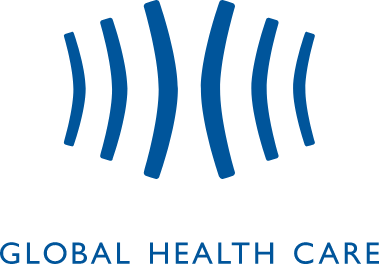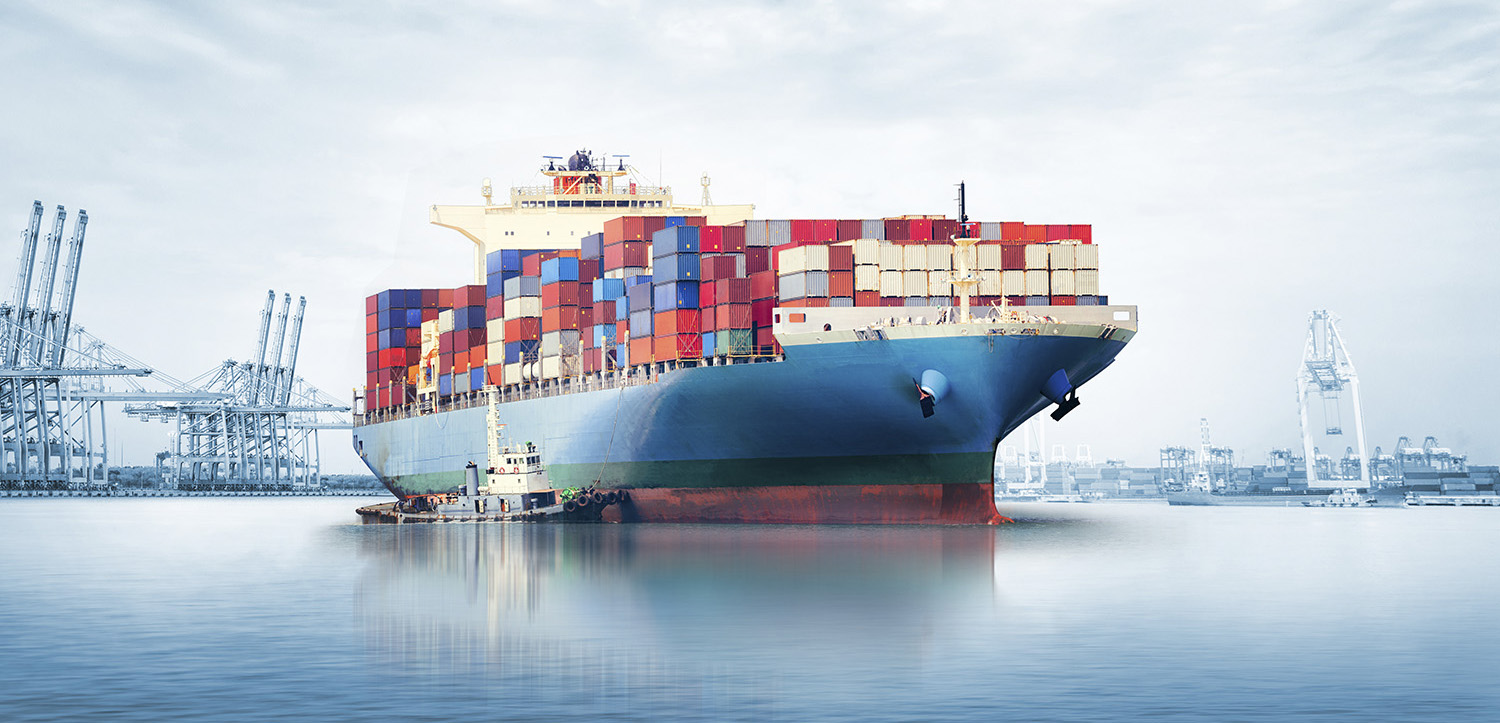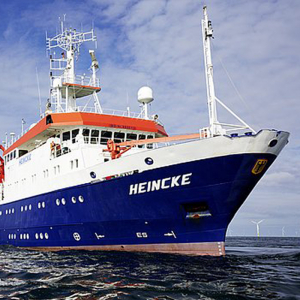A fictitious use case
Without RescueLink
An 8,000 TEU container ship is sailing from Durban, South Africa to New York. About 1000 nm from Cape Verde, a sailor seriously injures his leg while working in the workshop. The crew takes the sailor to the ship’s hospital. In the meantime, the captain is contacting his medical advisory service TMAS via satellite telephone to coordinate regarding the severity of the accident and necessary consequences. Based on the information provided by the captain over the phone, TMAS is unable to get a comprehensive picture of the injury. The TMAS therefore recommends that the master proceed in a general manner to a detachment or the nearest port to seek medical assistance. On this basis, the captain heads for Mindelo/São Vicente. On the spot, it is determined in the clinic that the injury was not so bad that the detour would have been necessary – the continuation of the journey to New York would have been possible. The container ship arrives in New York 4 days late and also misses the slot for unloading, for which it has to wait another day. In total, the ship loses 5 days.
With RescueLink
Via satcom, the captain contacts the VER Virtual Emergency Room (GHC). By transmitting real-time video images and vital signs, the ukb telemedicine physician can remotely determine that the injury is severe but can be stabilized with on-board resources to the point where the sailor does not need to be immediately retrieved. Während der ganzen Behandlung wird das Management der Reederei über Telemedizin mit einbezogen. The final decision is made by the captain with the involvement of advice from the ukb telemedicine physician and the management of the shipping company. The sailor can be cared for in the ship’s hospital rest room until the ship reaches New York. The schedule of the ship and therefore the shipping company does not need to be changed.
Present situation
The global merchant shipping industry comprises more than 65,000 ships in permanent operation on the open seas. Between 1.2 and 1.5 million seafarers are on duty here.
With over 20,000 registered emergency calls (67% accidents and injuries / 36% illnesses) and the associated costs, on-board medical care thus plays a vital role in maintaining ongoing operations and avoiding unnecessary financial burdens. In addition, adequate medical care offers shipping companies a significant advantage in recruiting personnel.
Medical care from shore is only possible within a range of about 150 nautical miles from the coast – this corresponds to the usual operational radius of rescue helicopters. Virtually only cruise ships have shipboard physicians on board. For all other merchant vessels, the Second Officer usually provides medical care. Such nautical officers received four weeks of medical training at the maritime school in Germany. The medical equipment on board must therefore be manageable even for a medical layman.
Sample inserts
AWI research vessel Heincke
The AWI – Alfred Wegner Institute for Polar and Marine Research – is a world-renowned and leading research institution. It operates research stations in remote locations as well as research vessels operating worldwide. On one of these ships – the research vessel Heincke – the telemedicine solution RescueLink is deployed. The tele-emergency physician is provided by the Bremerhaven-Reinkenheide ….




